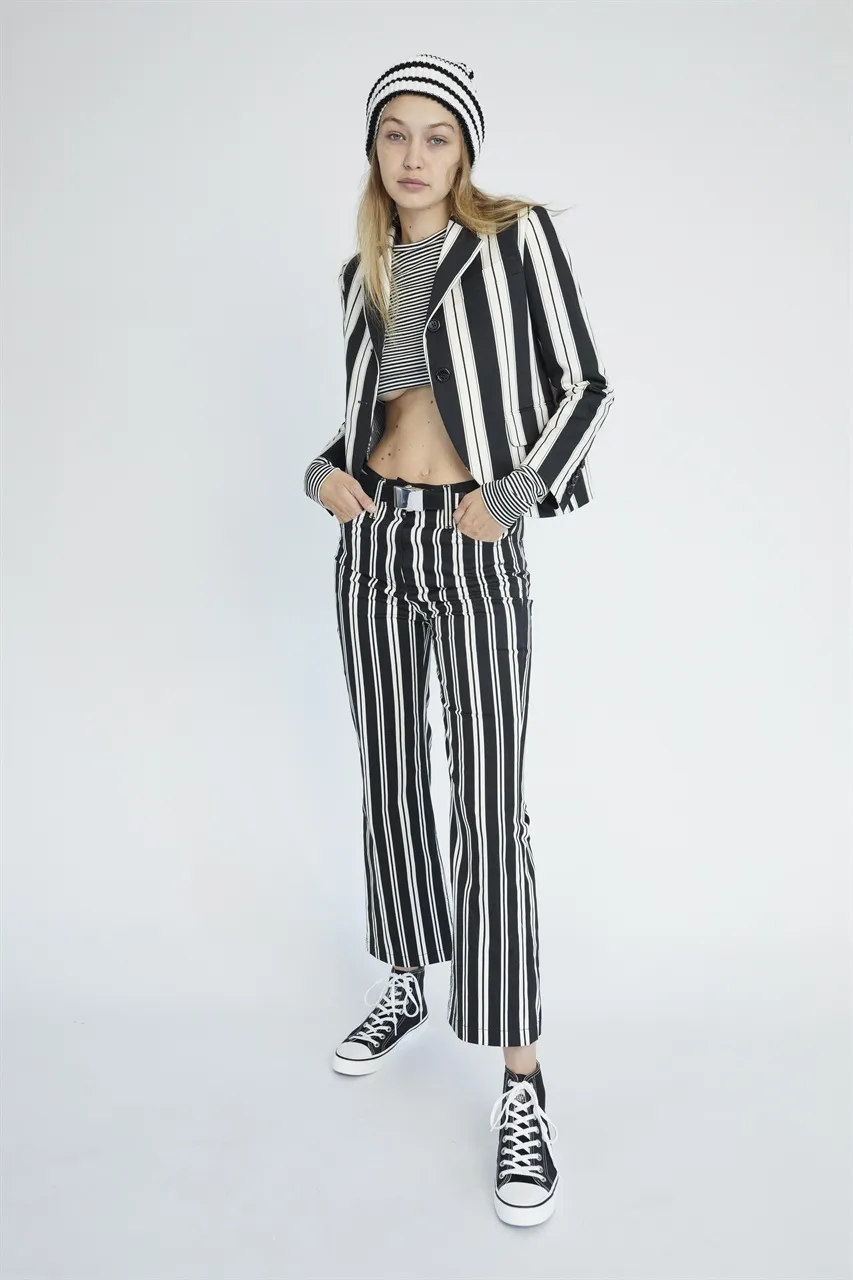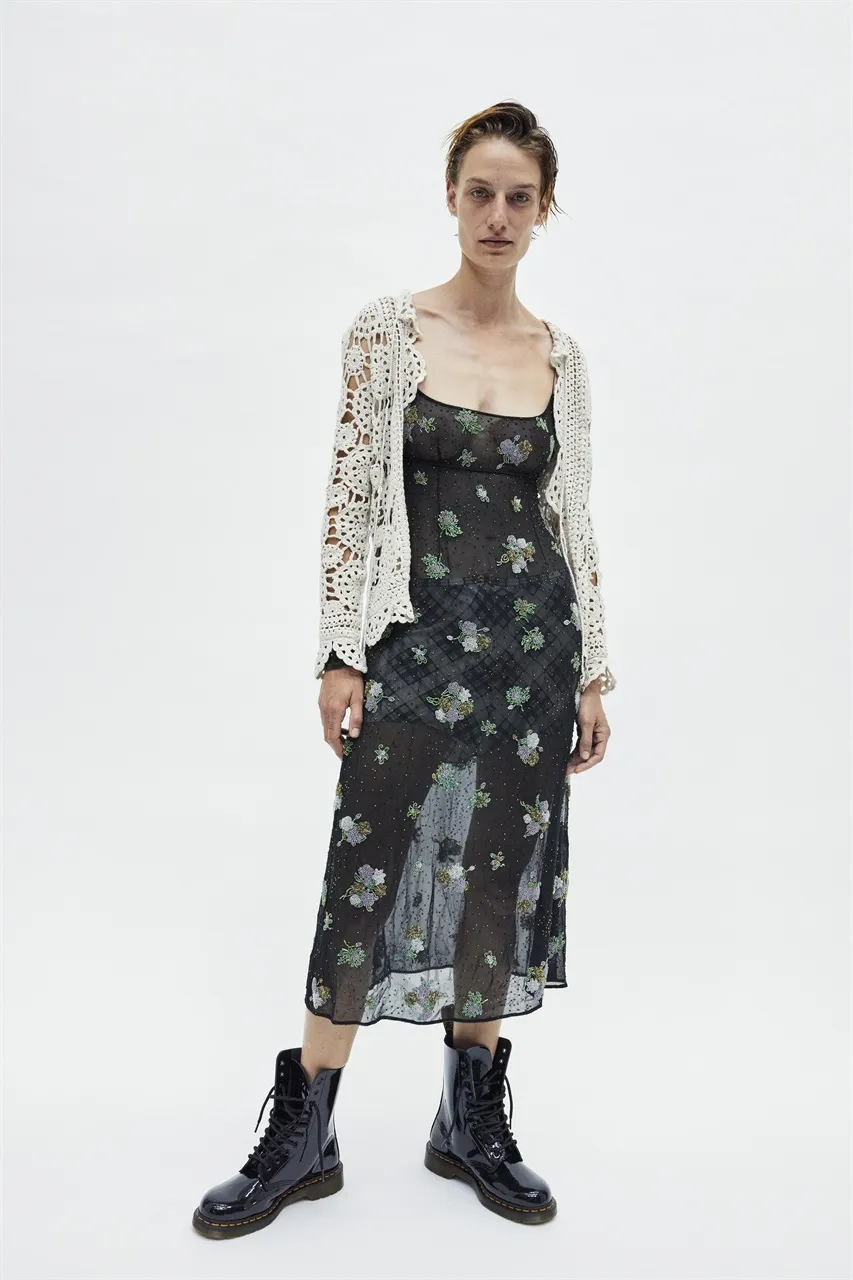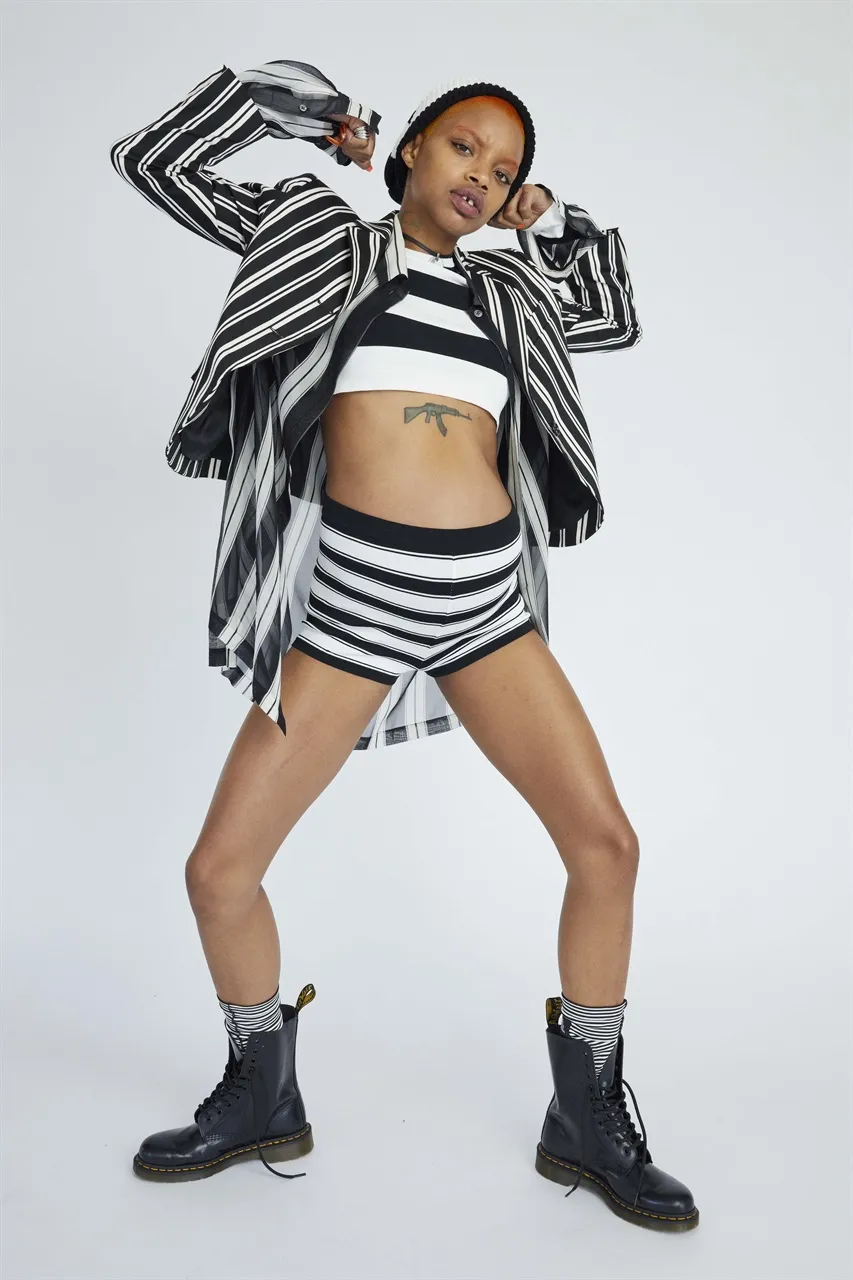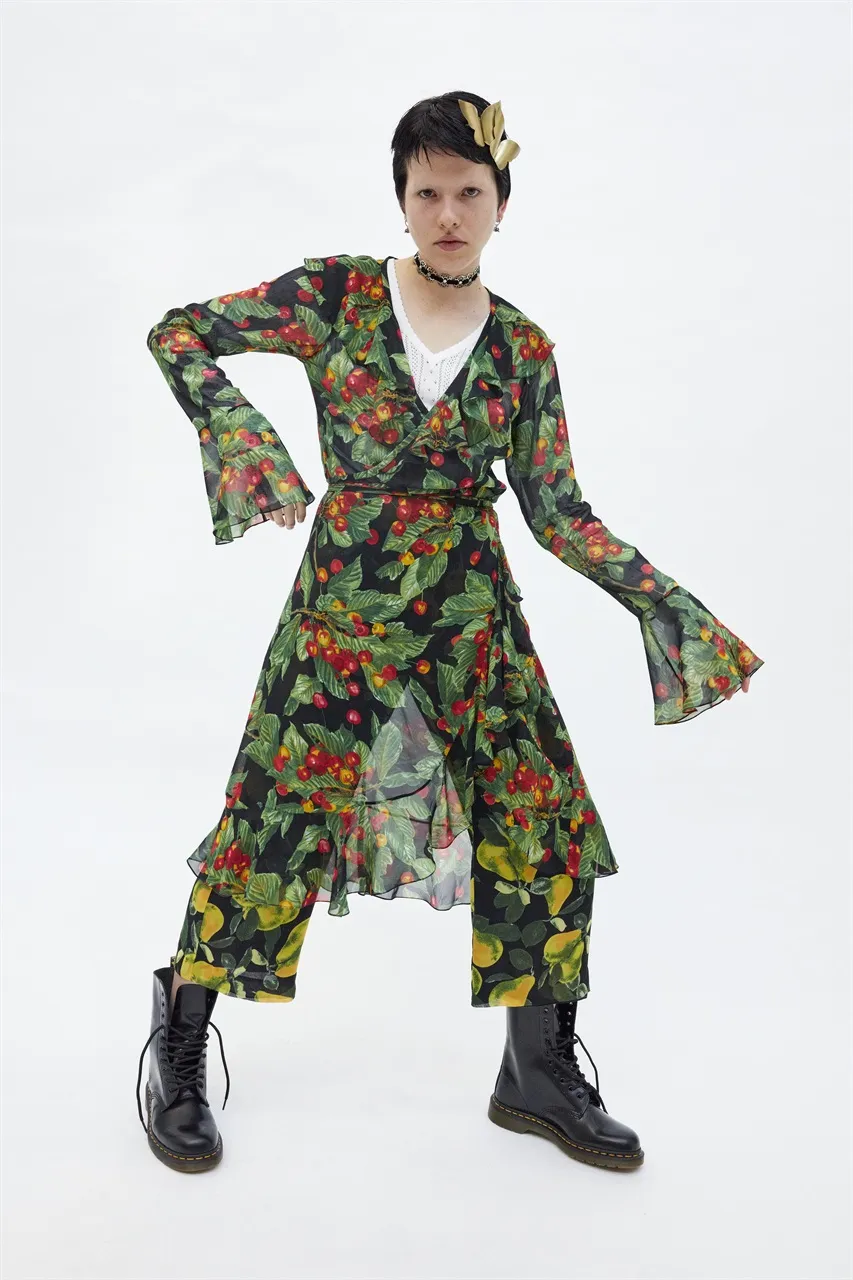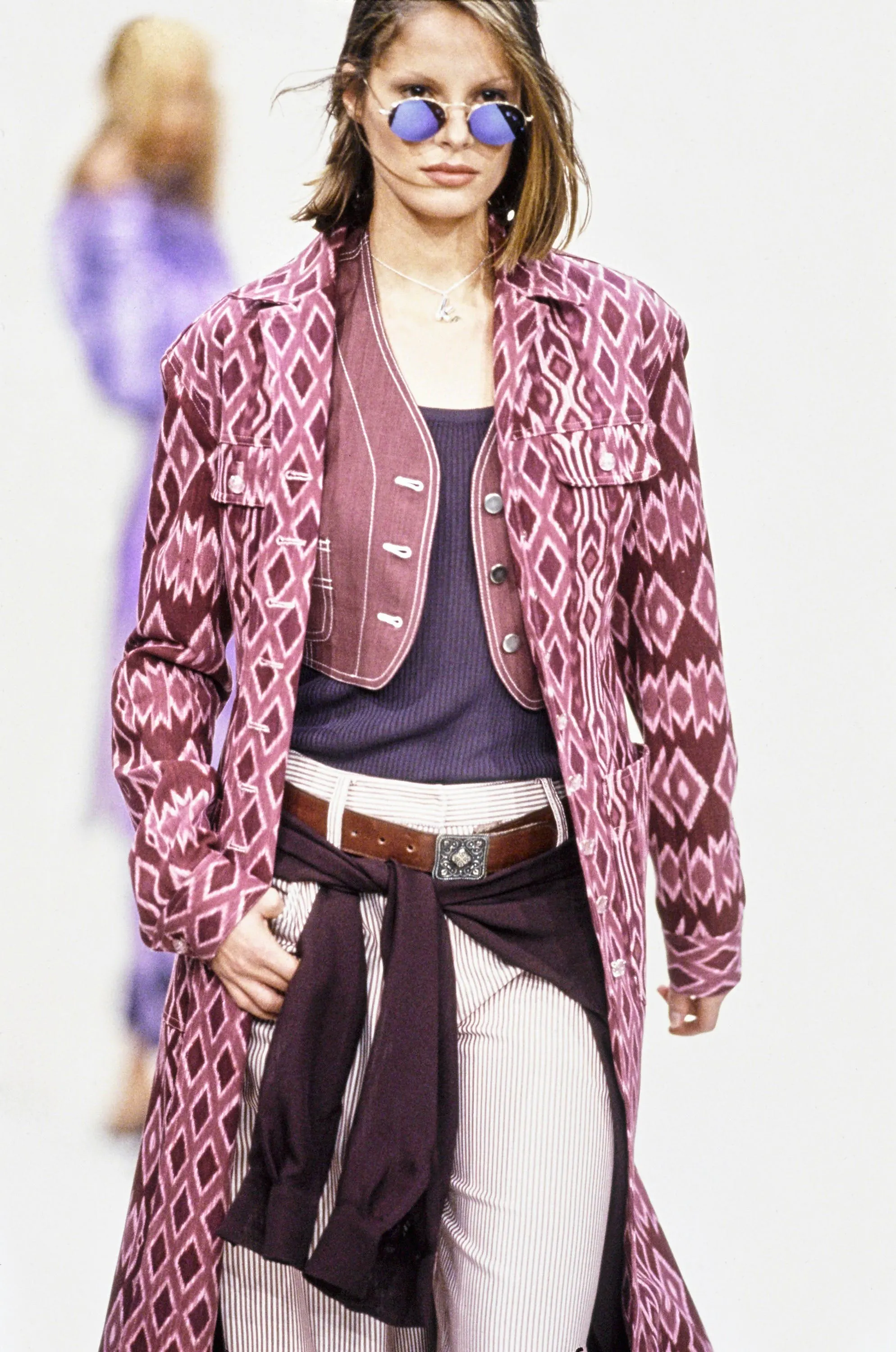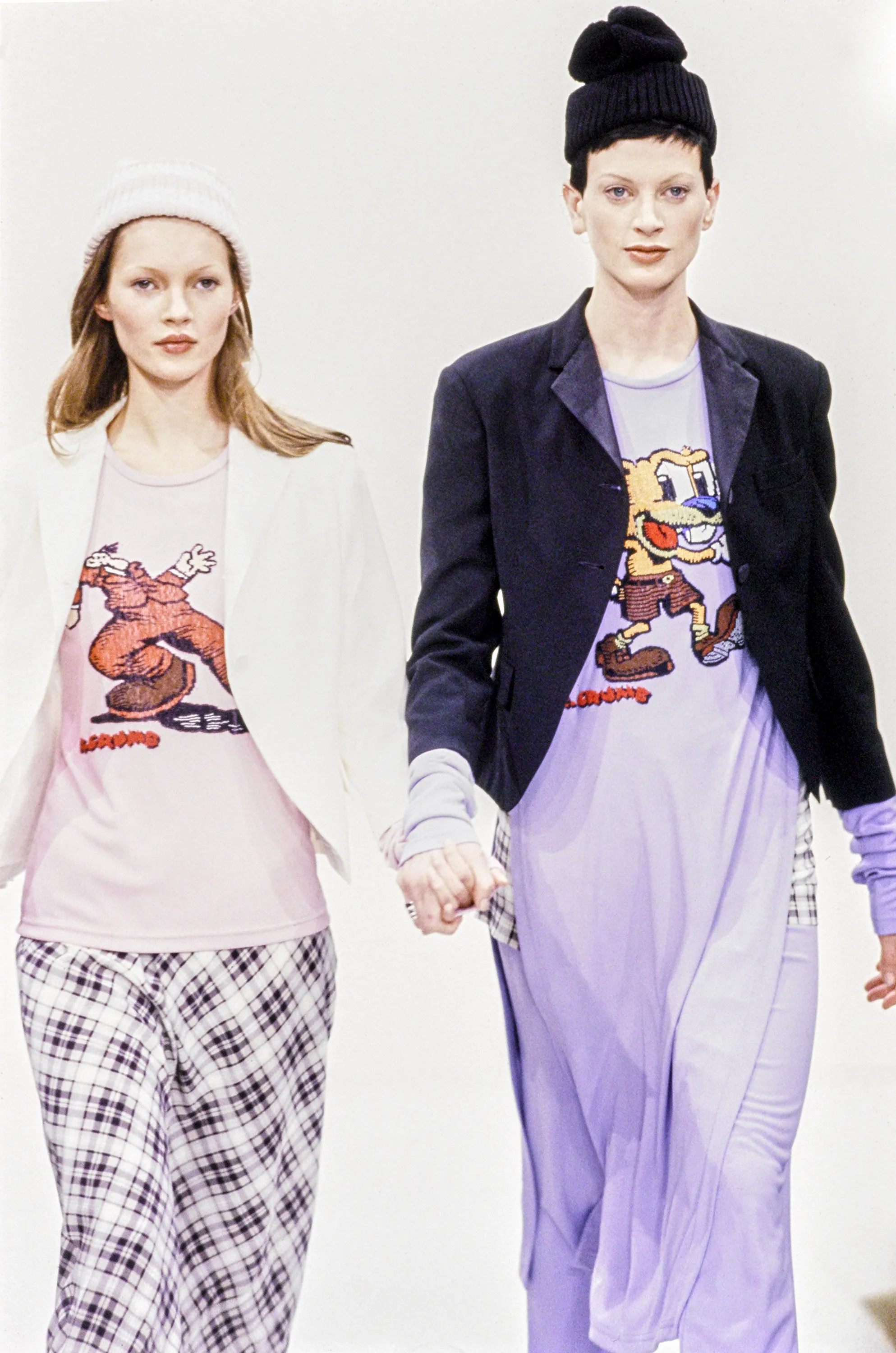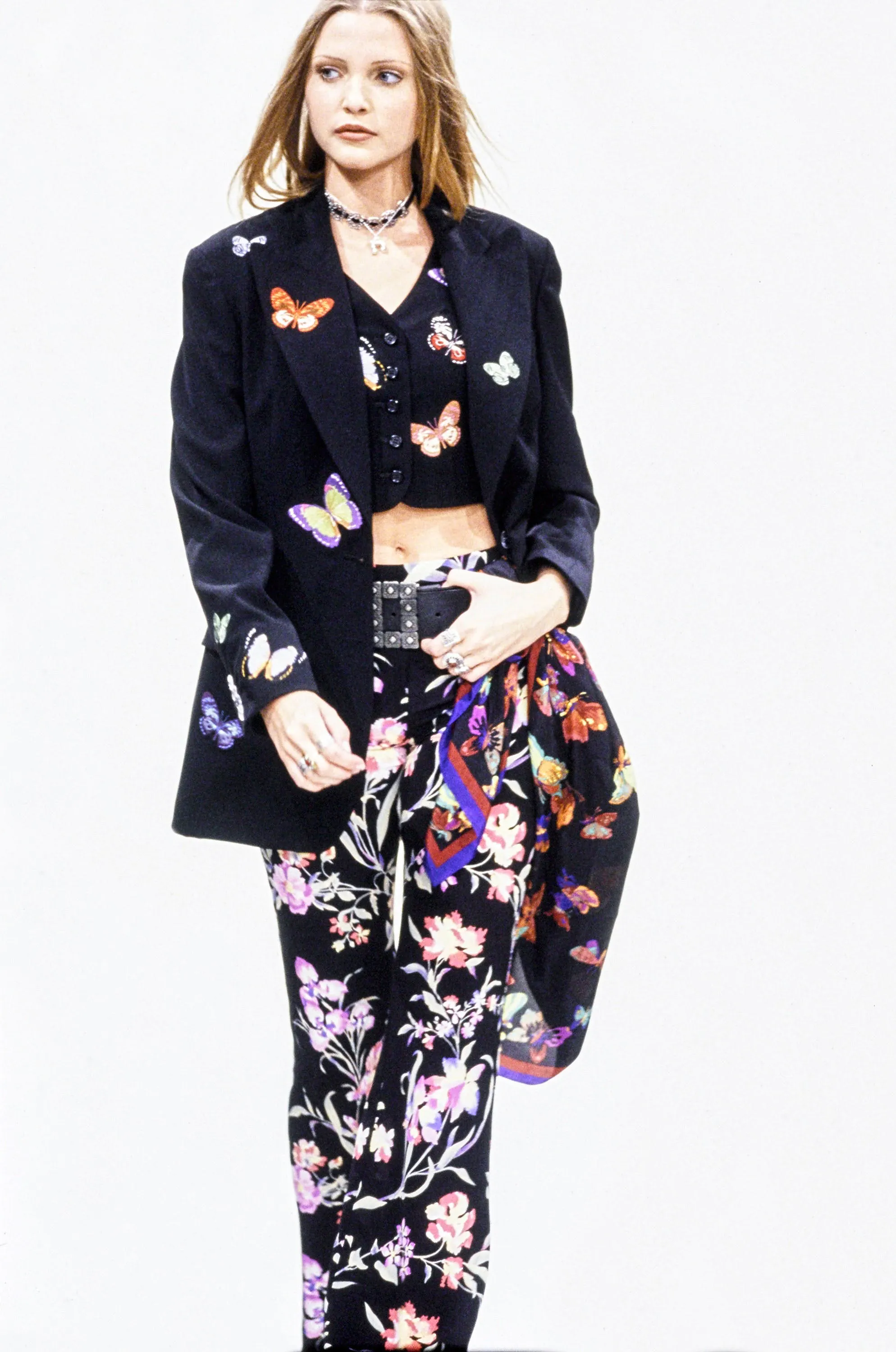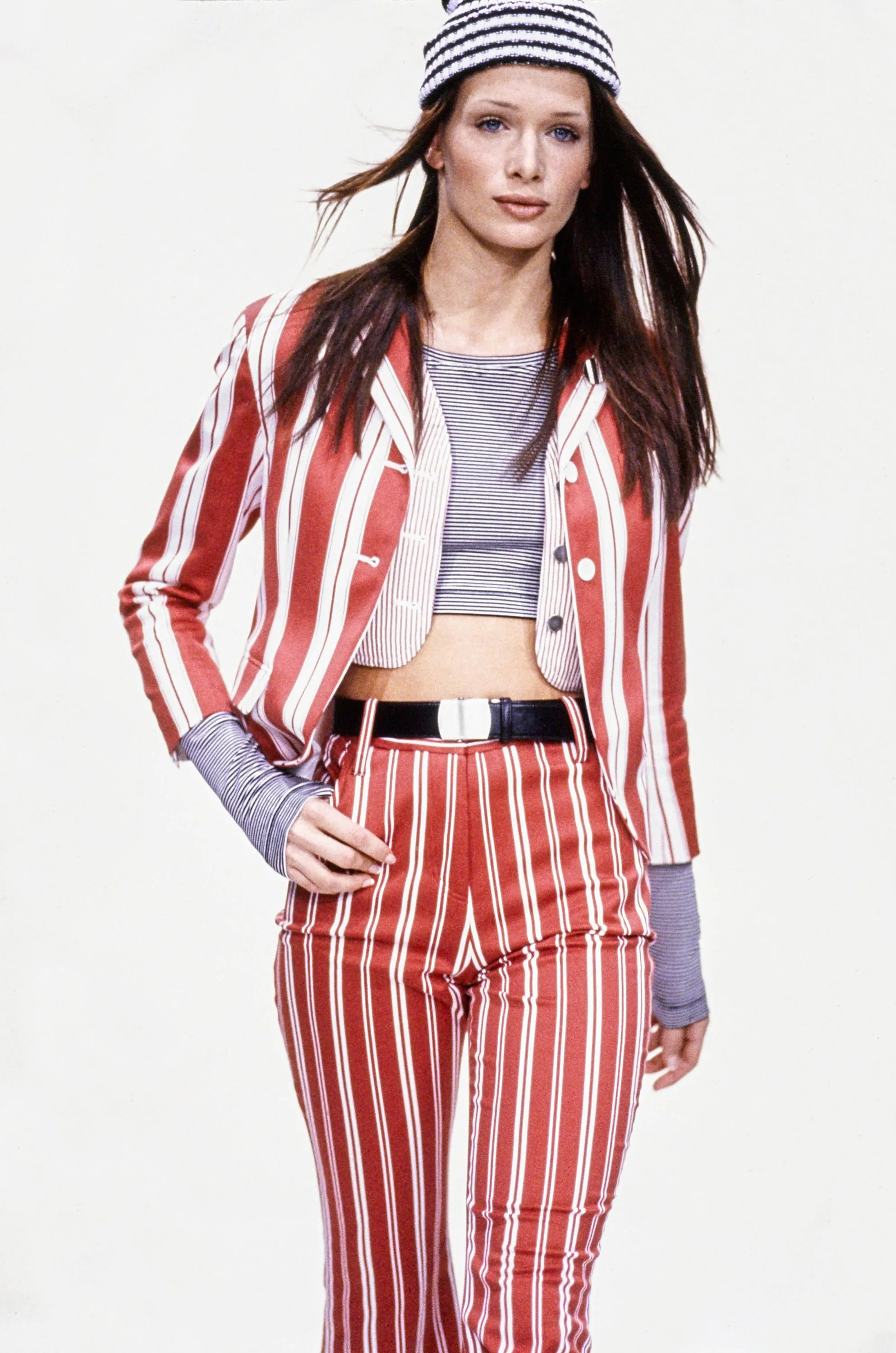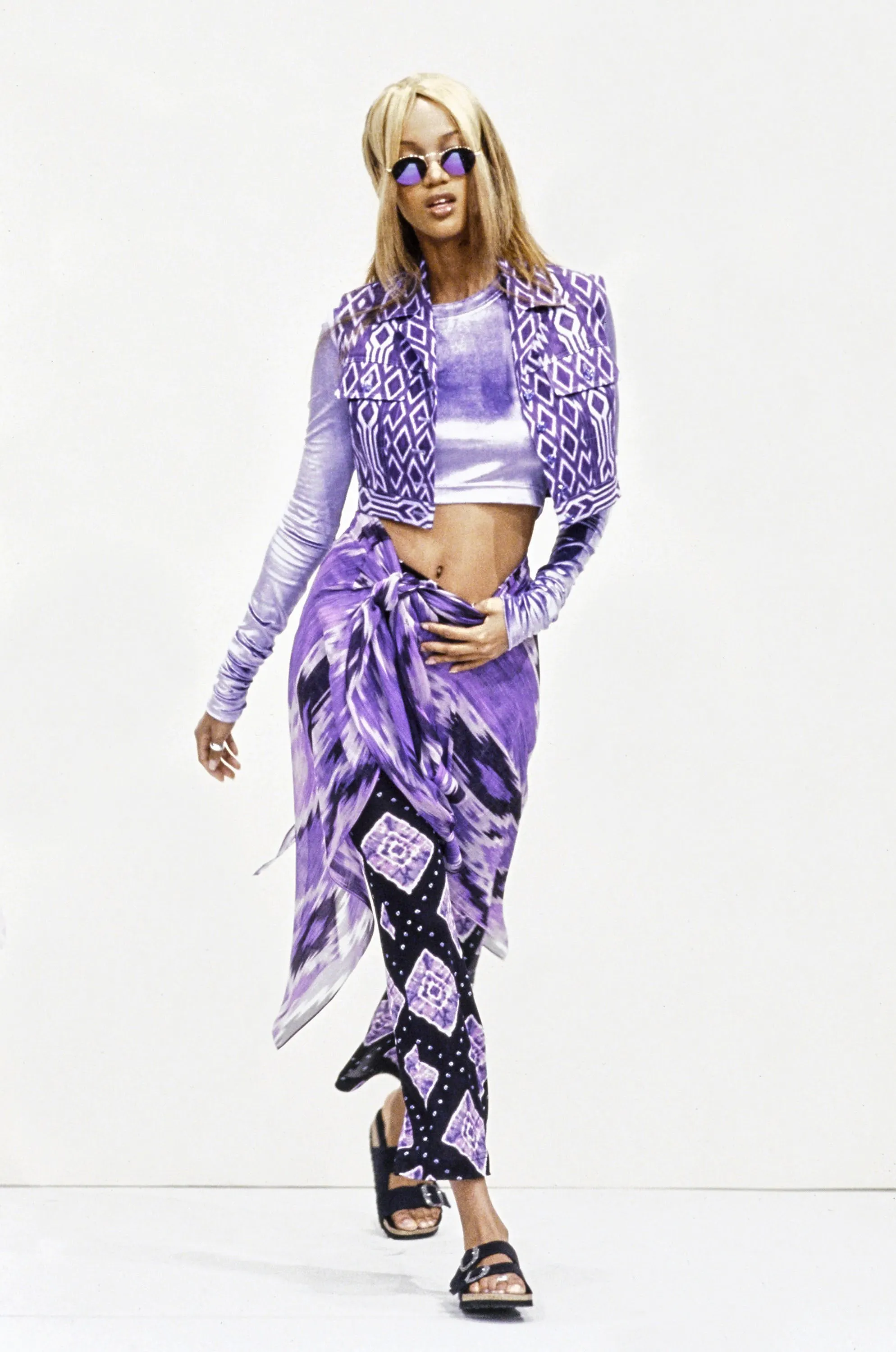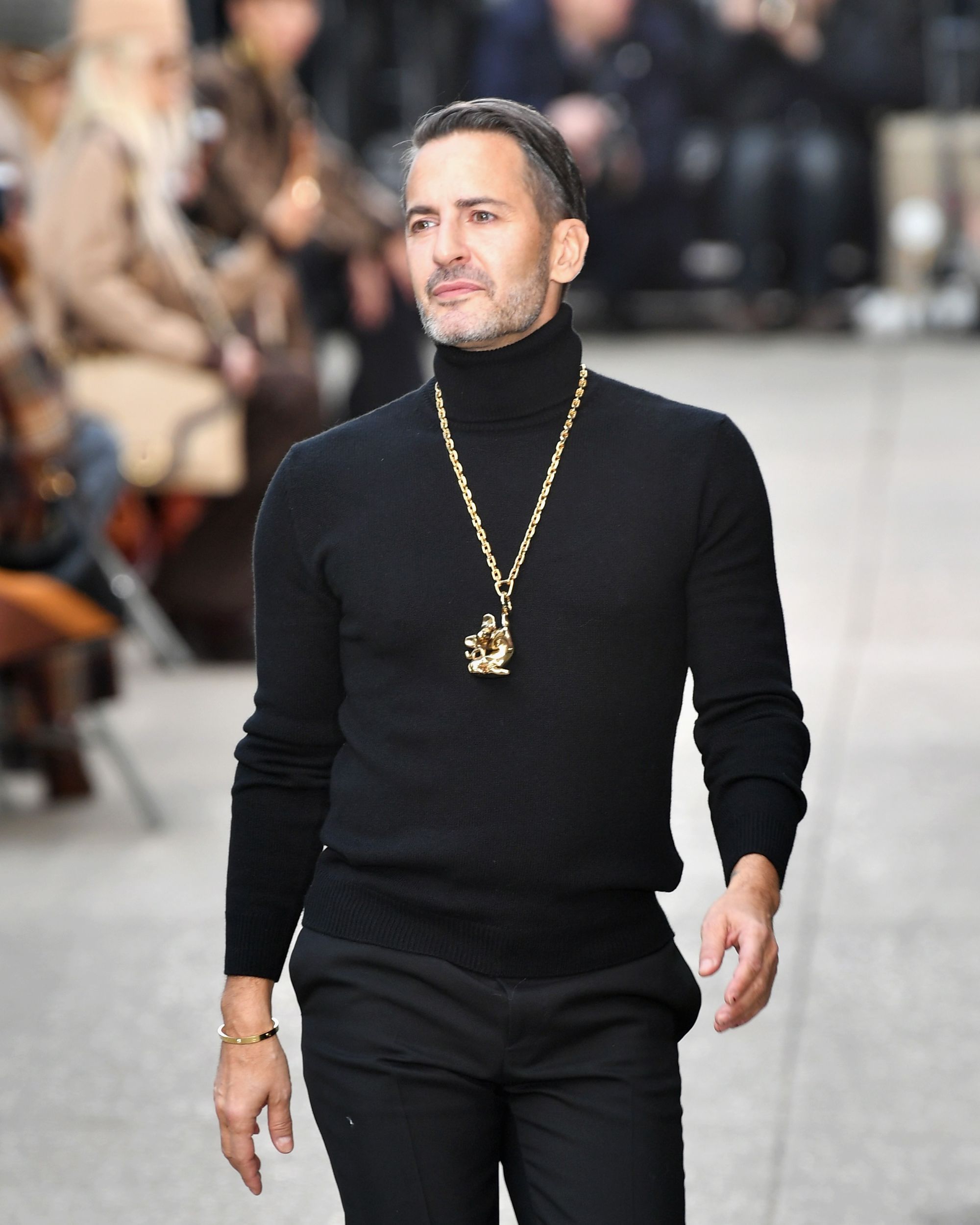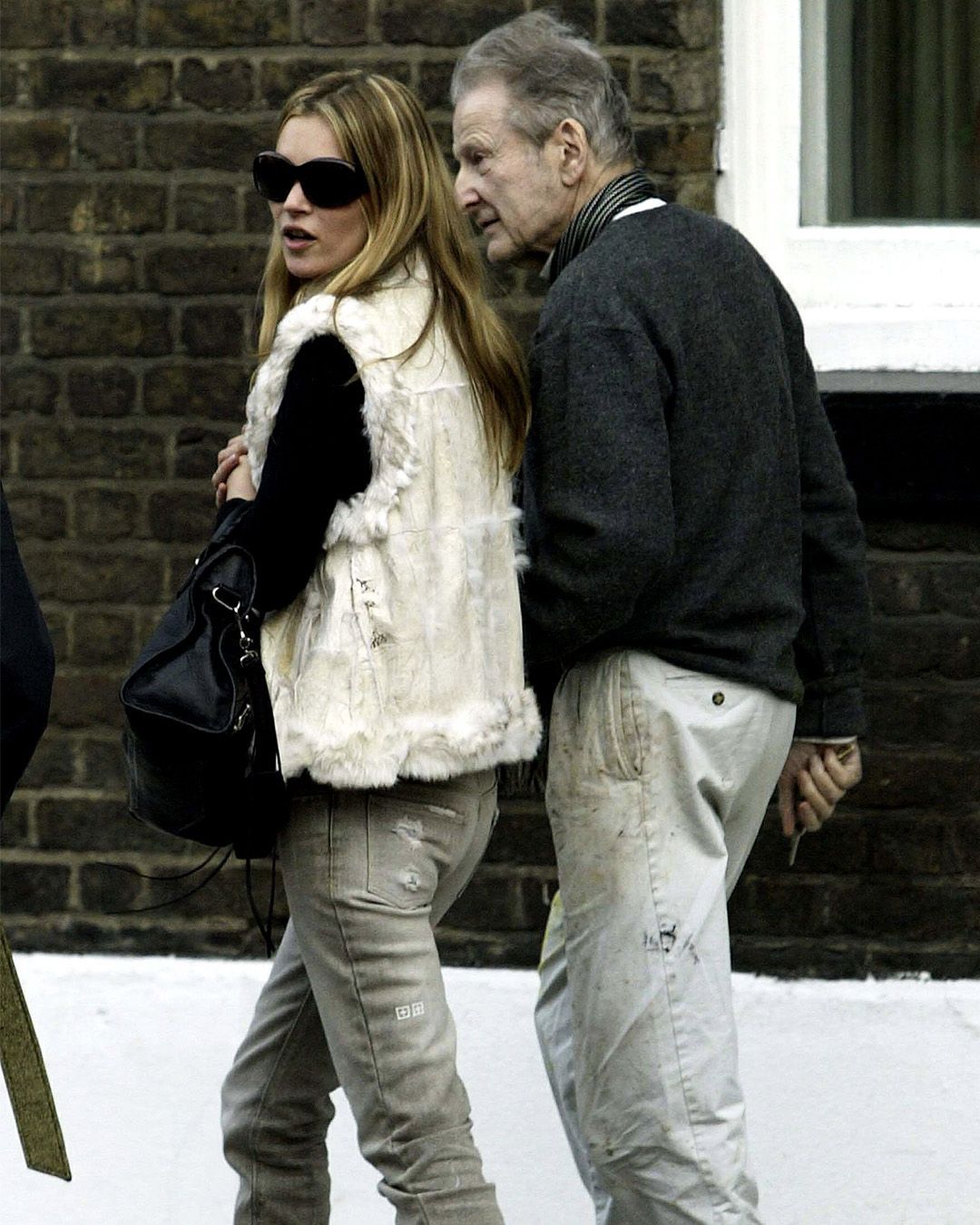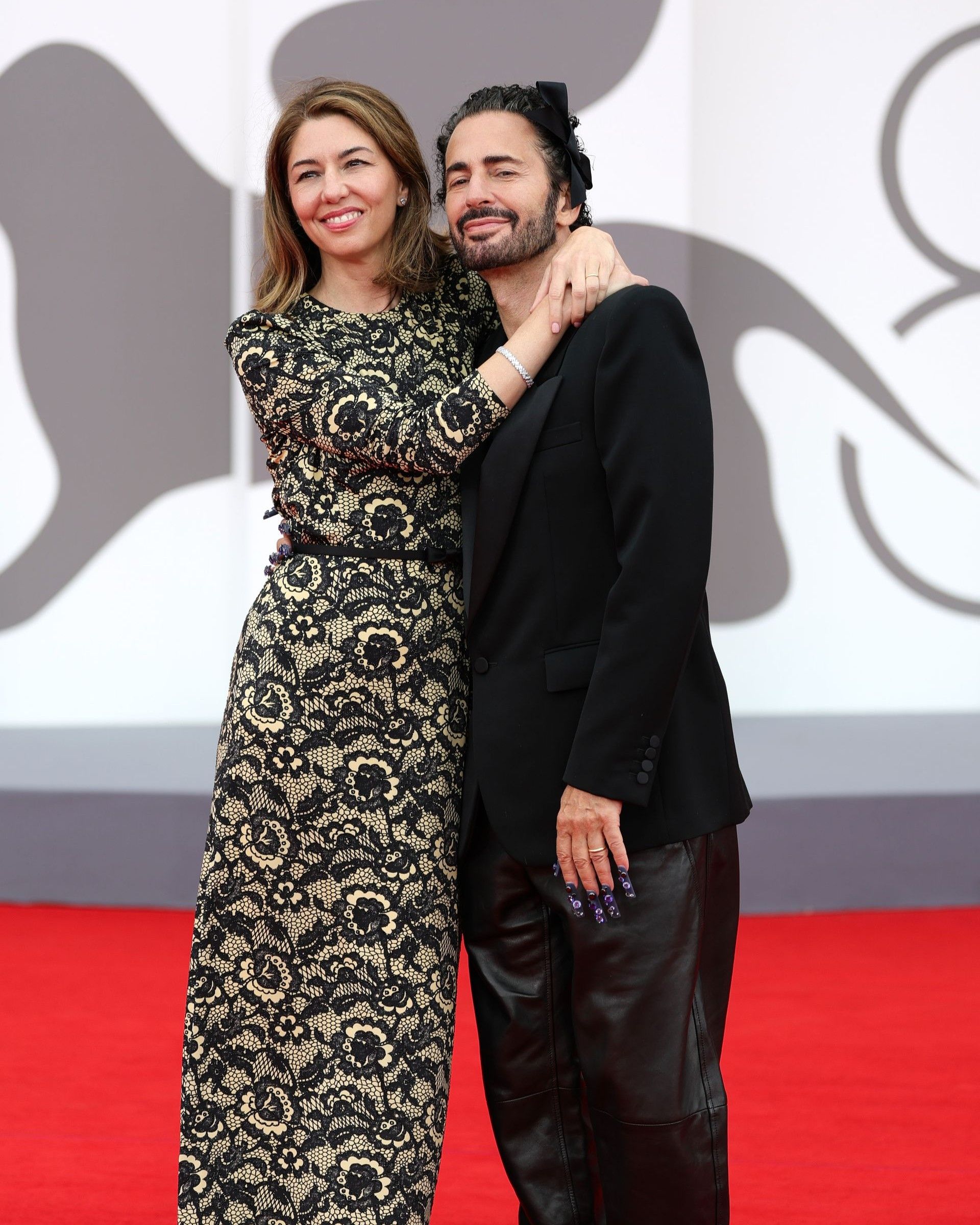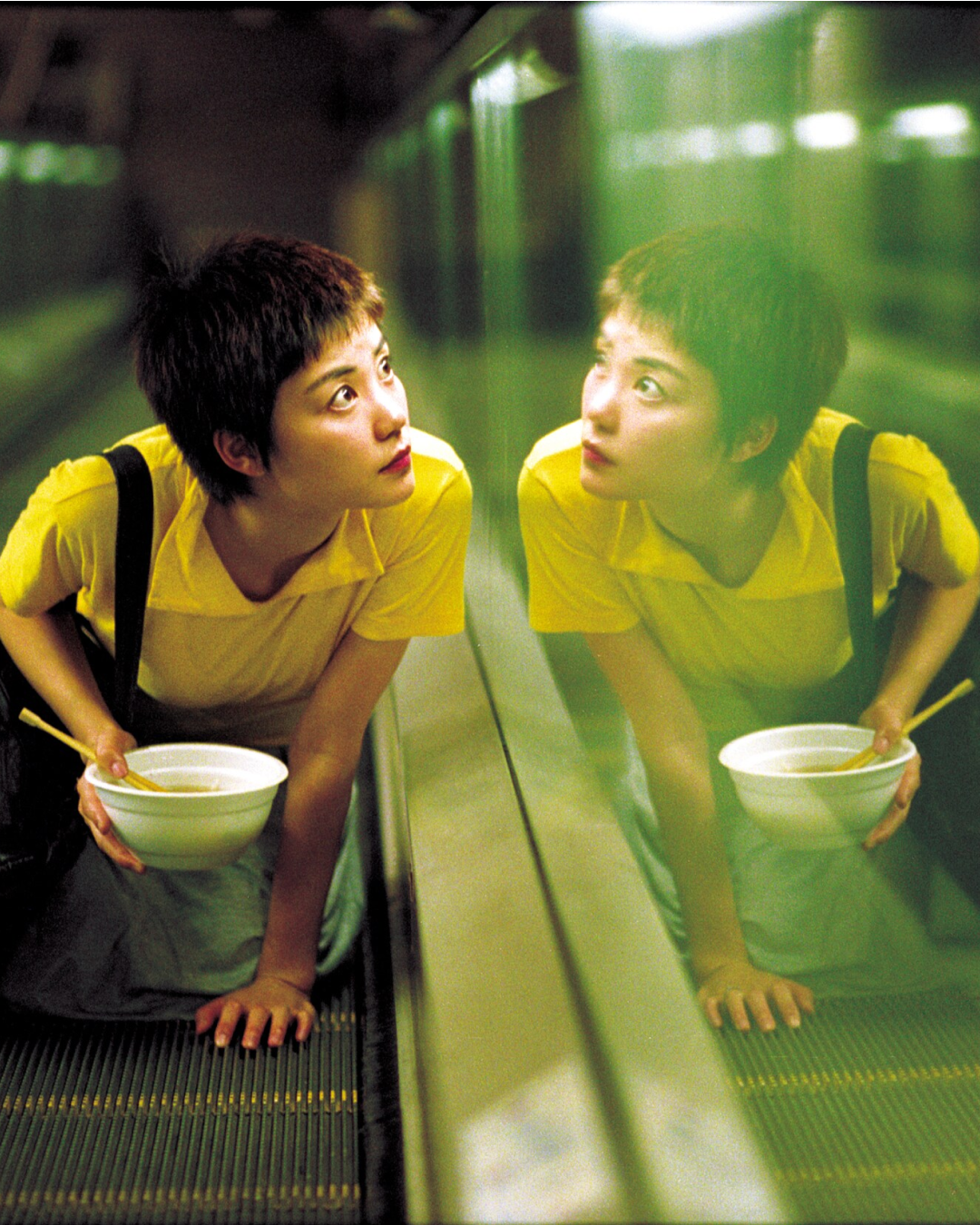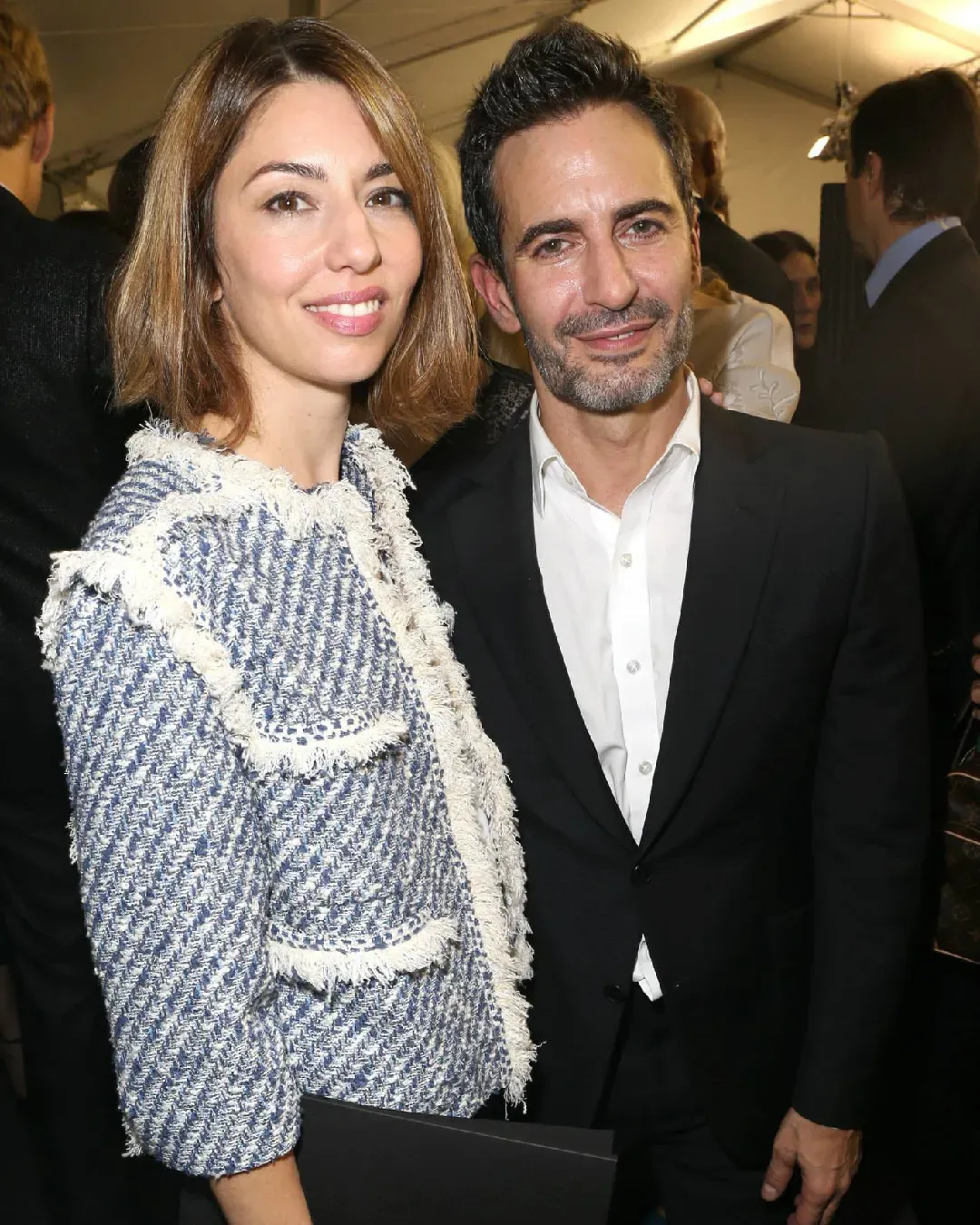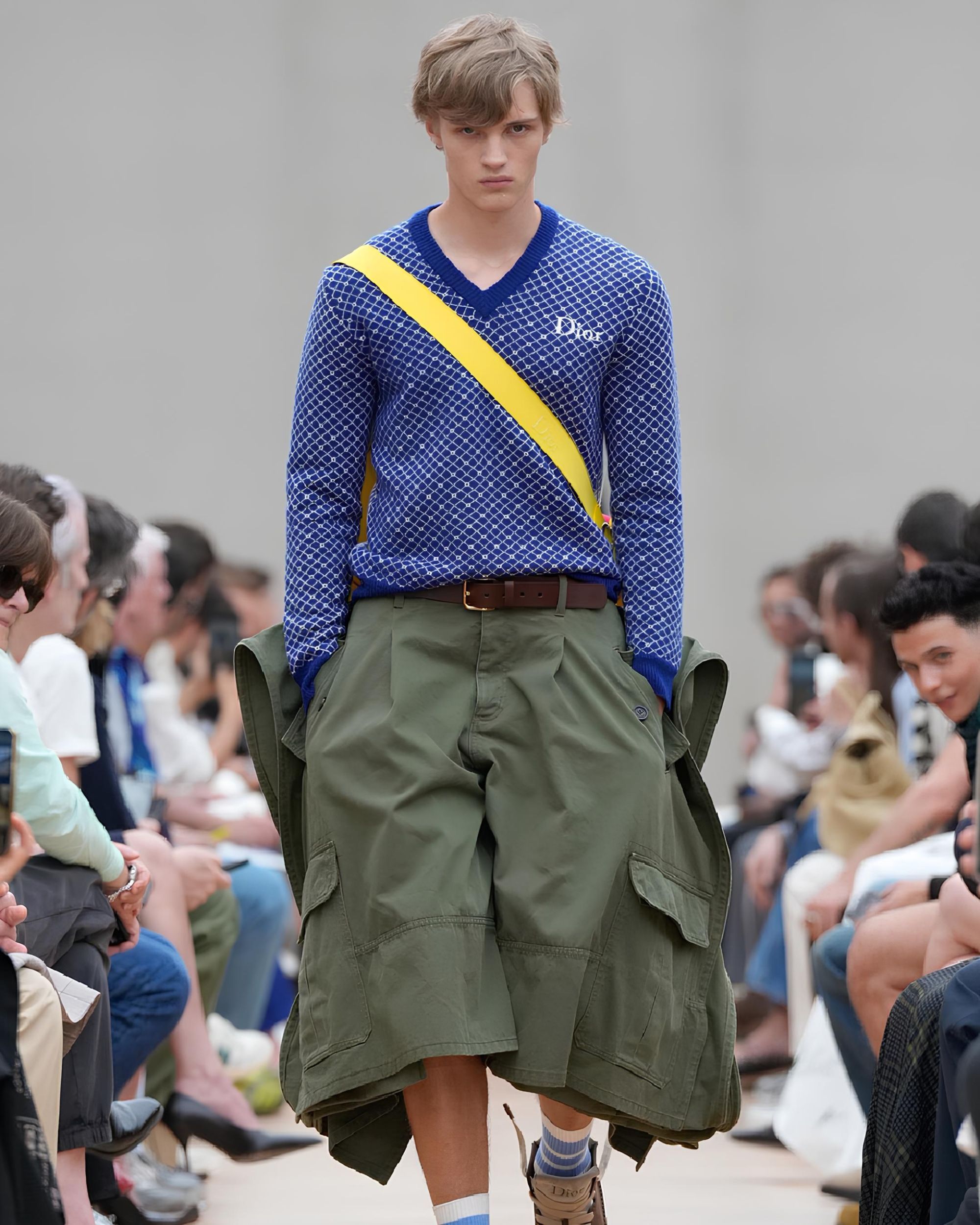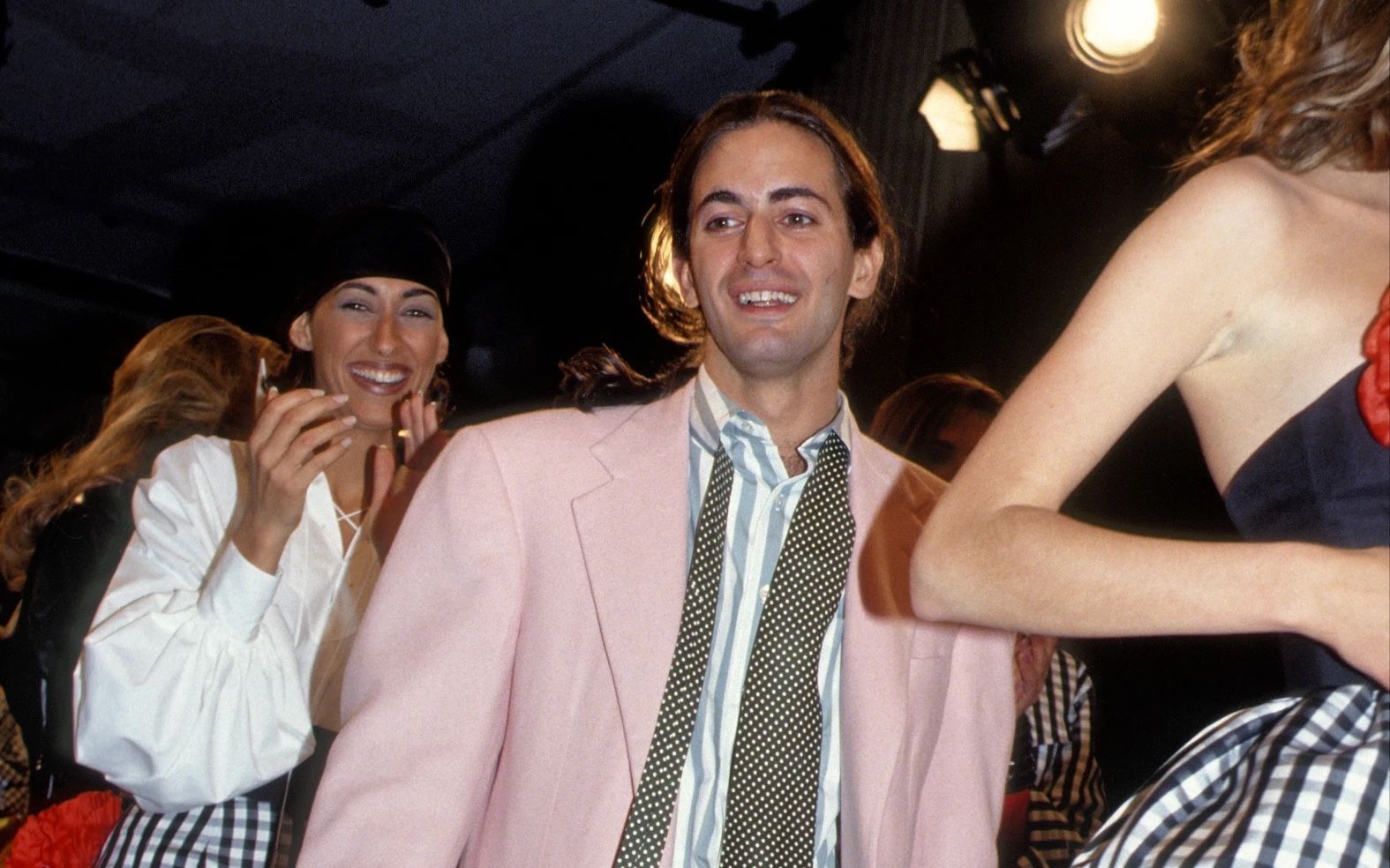
When Marc Jacobs was designing for Perry Ellis And grunge was cool
With a sententious yet direct «grunge is awful», Suzy Menkes was one of the pens responsible for the end of Marc Jacobs' career at Perry Ellis. He had been hired by the American brand in 1988 and, until 1993, had maintained a line with a strangely reassuring edge. Only to decide to bring models to the runway who simulated an almost total indifference to fashion: flannel shirts, floral dresses and a lumberjack vibe that would hardly have been believable in the eyes of a traditionalist audience. He had decided to tell the story of Seattle's grunge scene once and for all.
Yet his choice to harbor a scruffiness bordering on debauchery had led him straight to dismissal. Of little use was the anointment of WWD Magazine - it had called him the guru of grunge - in the face of a press annoyed by the inconclusive attitude of the models on the catwalk. So much so that, backstage, Sonic Youth was shooting the video for Sugar Kane starring a very young Chloë Sevigny. The collection was probably intended to embody an unattainable coolness since, before long, it would overlap with the imminent imagery of ugly chic. Even the casting faithfully reproduced the post-1980s disillusionment: Christy Turlington opened the show, while Kristen McMenamy and Kate Moss walked wrapped in layers of plaid with shirts tied haphazardly around their waists. Production of the collection was halted, and Marc Jacobs decided to send samples to Kurt Cobain and Courtney Love. And, with the typical rebellious attitude associated with punk culture, those clothes were set on fire. Although translated into luxury garments, the garments in Perry Ellis' SS93 collection designed by Marc Jacobs were controversial for the simple reason that they brought unconventional fashion to the runway.
The one spread among the streets and consequently less plastered than the usual imagery explored by glossy luxury. The one that gave voice to bed hair, knitted hats, unbuttoned nightgowns and Dr. Martens in the name of an authenticity directly taken from the world of music and youth subcultures, consecrating Marc Jacobs as a legitimate precursor of street wear. The SS93 collection was a mistake for the Perry Ellis brand, but not in aspirational terms. By taking the burdens and honors of violating the luxury/streetwear dichotomy, Marc Jacobs had managed to give depth to a narrative kept cautiously away from the upper echelons of fashion. So much so that, at some point, the designer felt the need to give a second life to the controversial collection, accompanying it with his signature alone: in 2018 Redux Grunge Collection 1993/2018 took shape in 26 looks made from original SS93 fabrics and embroideries. Aesthetic scenario that Marc Jacobs reappropriated in part with the Heaven by Marc Jacobs label and the AW22 collection: in just 10 looks he shaped an idea of destruction that ended up taking on a clearly post-apocalyptic tone. The cargo pants cut up and turned into skirts, the monogram chopped up into bangs, as well as the belly ornaments, are clear signs of an attempt to elevate it to a more impressive level. And, if to elevate means to lift something to a higher position or a more important level, that is exactly what moved Marc Jacobs in designing a collection that now retains the legendary.









































